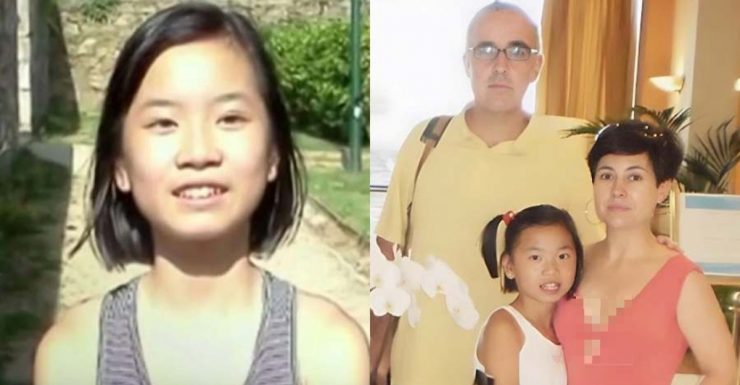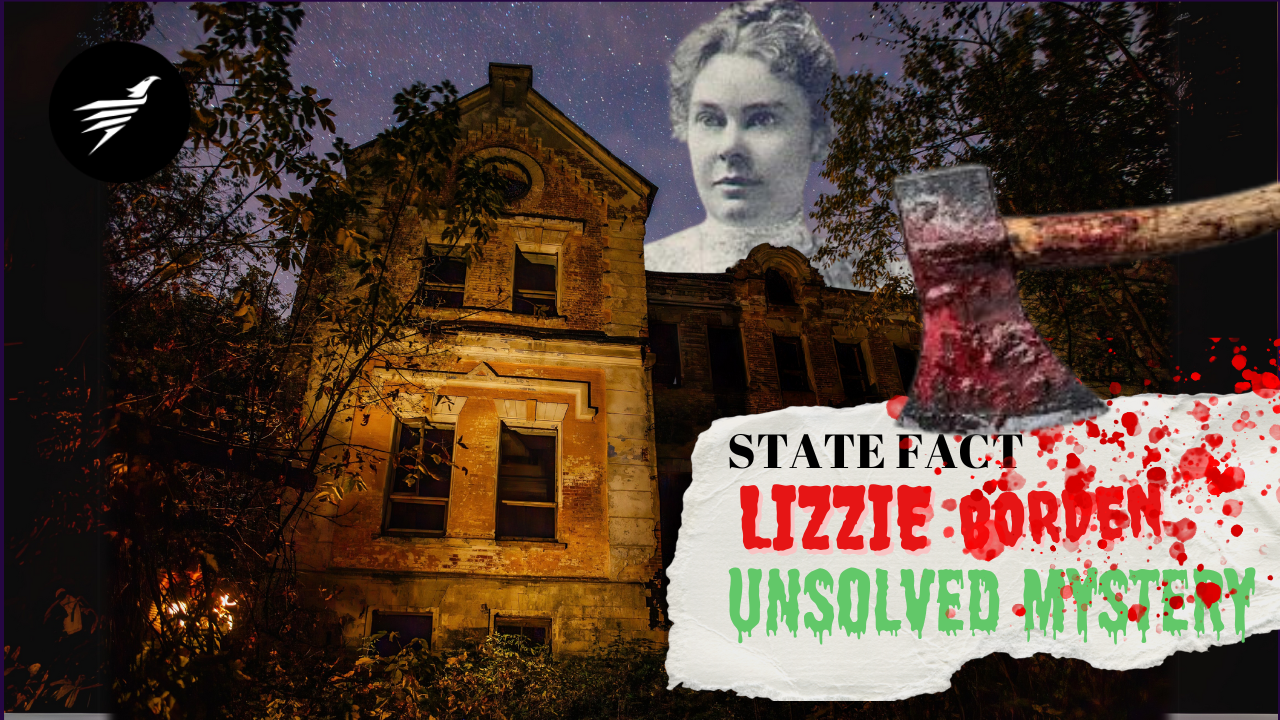The Asunta Case: A Tragic Tale of Deception and Murder
The Asunta Case, shocked Spain and the world when the body of 12-year-old Asunta Basterra Porto was discovered in Teo, Galicia, on September 22, 2013. The investigation uncovered a dark story of betrayal, drugs, and murder at the hands of those closest to her. Asunta, adopted from China by affluent Spanish parents, was a gifted child—skilled in ballet, music, and academics. Her promising future was cut short in a crime that left the world in disbelief.
The Tragic Events of Asunta’s Death
On the day of her death, Asunta was administered a lethal dose of Lorazepam—27 pills in total, an amount nine times higher than a typical adult dose. Her adoptive parents, Rosario Porto and Alfonso Basterra, were later found guilty of drugging and suffocating her. Investigators revealed that they had been secretly sedating Asunta for months prior to her death. The parents, despite their claims of innocence, were sentenced to 18 years in prison for their roles in the killing.
Investigation and Trial
The case, dubbed “El Caso Asunta” or the “Asunta Case”, attracted widespread media attention, leading to numerous theories and interpretations of the events. One of the more curious details involved a claim by Rosario Porto that an intruder attempted to strangle Asunta months before her death—a story that remains disputed. Despite the claim, no report was filed.
The trial, which began in October 2015, saw testimonies from 84 witnesses and 60 experts. In the end, both parents were convicted of murder. Rosario Porto later died by suicide in prison in 2020. The case has since been the subject of documentaries, such as “The Asunta Case True Story”, and a Netflix drama that debuted in 2024, focusing on the real people involved in the case.
Why Was Asunta Killed?
One of the enduring questions is “Why was Asunta killed?”. Many speculate that her parents’ complex relationship, including infidelity and personal turmoil, led to the tragic event. The case remains a dark reminder of the devastating potential for harm within families.
Cultural Impact
The Asunta Case left a deep cultural impact, sparking numerous discussions around parental trust, child protection, and the justice system. From the courtrooms of Galicia to households worldwide, the “Asunta Case Real Story” continues to resonate, prompting critical reviews and coverage of the Asunta Case Real People involved.
As the world reflects on this tragedy, the legacy of Asunta Basterra Porto lives on through the ongoing discourse about her life, the circumstances surrounding her death, and the lessons to be learned from this heartbreaking case.
The Asunta Case: A Tragic Timeline
Overview
The Asunta Basterra case gripped Spain in 2013, capturing the nation’s attention with its chilling details. A 12-year-old adopted child, was found dead under suspicious circumstances, sparking one of the most complex investigations in the country’s recent history. The timeline of events leading to her death has been pieced together through surveillance footage, phone records, and testimonies.
Reconstructed Timeline of Events
Afternoon of September 21, 2013:
- 1:55 PM – Asunta leaves her home.
- 2:00 PM – Surveillance footage captures Asunta walking past a bank camera on her way to her father’s apartment for lunch.
- 4:59 PM – A call is made from her father’s apartment, captured by phone records.
- 5:21 PM – Asunta is seen again on the same camera, heading back to her mother’s apartment.
- 5:28 PM – Rosario Porto, Asunta’s mother, is recorded walking back to her apartment.
- 5:38 PM – Asunta’s phone connects to a signal, placing her inside her mother’s apartment in Santiago.
- 6:12 PM – Rosario Porto is seen entering her apartment’s garage.
- 6:22 PM – Surveillance captures Porto driving her car with Asunta toward Teo.
- 6:23 PM – An eyewitness claims to have seen Asunta near Porto’s home, in the company of her father, Alfonso Basterra, a statement later questioned due to drug levels found in Asunta’s body.
- 6:35 PM – The security alarm at the house in Teo is turned off.
- 7:00 PM – 8:00 PM – Forensic experts estimate the time of Asunta’s death, though this is only an approximation as her body’s temperature was not taken.
Evening of September 21, 2013:
- 7:29 PM – Rosario Porto makes an internet connection from her device.
- 8:47 PM – Alfonso Basterra’s phone registers its first connection of the evening.
- 8:53 PM – The Teo house alarm is reactivated. Around this time, a neighbor sees Porto driving alone without Asunta.
- 9:00 PM – Alfonso Basterra is seen on camera passing in front of the same bank branch multiple times, up to nine passes.
- 9:05 PM – Asunta’s phone logs several connections to various numbers.
Late Night and Early Hours of September 22, 2013:
- 10:31 PM – The parents report Asunta’s disappearance at the central police station in Santiago de Compostela.
- 12:39 AM – A neighbor passes the area where Asunta’s body was later found but sees nothing out of the ordinary.
- 1:30 AM – A young couple discover Asunta’s lifeless body near the parish of Oza.
- 1:39 AM – The Civil Guard is notified, and the case officially opens.
Critical Oversights:
Forensic examination was plagued by significant errors, leaving key questions unanswered. Despite suspicions of sexual assault, the body temperature, a crucial indicator of time of death, was not recorded through rectal or other means. As a result, experts could not accurately determine when Asunta died. The defense later argued these gaps undermined the forensic report, weakening the timeline’s precision.
Final Thoughts
The tragic death of Asunta Basterra continues to haunt those who follow the case. With questions about the forensic investigation and contradictions in witness statements, this case stands as a reminder of the complexities surrounding justice and truth.
The Asunta Case: A Twisted Timeline of Deception and Justice
The tragic death of Asunta Basterra Porto in 2013 shocked Spain, unraveling a complex web of contradictions and suspicion surrounding her parents, Rosario Porto and Alfonso Basterra. Initially, Rosario claimed to have dropped her at their home in Santiago de Compostela at around 7:00 PM, but her statements began to change under scrutiny. Inconsistencies in her testimony led to her arrest on September 24, shortly after Asunta’s cremation. Alfonso was arrested the following day after toxicology reports revealed traces of lorazepam, leading investigators to suspect his involvement in purchasing the drug for Rosario.
The Investigation and Contradictions
In the early stages of “The Asunta Case,” the police recorded the parents’ conversations without their consent. Though these recordings were later annulled by the court, Rosario modified her testimony upon learning about security footage showing her in the car with Asunta on the way to Teo. Toxicology reports revealed that she had been drugged with high doses of lorazepam for months before her death, aligning with teachers’ reports of her frequent dizziness at school.
As the investigation deepened, the case shifted from manslaughter to murder, with charges intensified by aggravating factors like kinship and premeditation. A relative of Rosario speculated about a possible financial motive, but investigators dismissed this, emphasizing that Rosario was already the sole heir of her parents’ estate, and Asunta had not inherited anything.
A Tangled Web of Evidence
Further complications arose when forensic tests identified the DNA of a young man on Asunta’s T-shirt, causing a temporary shift in suspicion. However, the man was soon cleared, as he had a solid alibi, including dinner receipts and social media posts from that night. Despite this, the defense tried to cast doubt, introducing him as a possible suspect, dubbed “the semen man” by the media.
Spanish media also played a controversial role in shaping public perception. Leaked conversations between Rosario and Alfonso during their detention were re-enacted by actors on television, but with several fabricated lines. Despite these distortions, the media continued to influence the narrative surrounding the Asunta Case, impacting public opinion and possibly the jury.
Trial and Media Influence
The trial, originally scheduled for June 2014, was postponed due to difficulties selecting an unbiased jury. The media’s portrayal of the case, particularly sensational headlines, reinforced the accusatory narrative. The trial eventually commenced in late September, lasting four weeks with testimonies from 135 witnesses.
During the trial, the jury concluded that both parents had intentionally drugged Asunta with lorazepam for months and again on the day of her death. They then asphyxiated her when the drug took effect. The timeline of events on the day of her death, however, remained contentious. Surveillance footage suggested conflicting times, with one witness claiming to have seen Asunta walking with her father at a time when camera footage placed her elsewhere.
The jury’s guilty verdict for both parents answered many questions but left some uncertainties unresolved. The toxicology report held significant weight in determining Asunta’s time of death between 6:00 and 8:00 PM. Despite this, questions surrounding Alfonso’s whereabouts and the possibility of media bias influencing the jury continued to cast shadows over “The Asunta Case.”
Verdict and Lingering Questions
At the end of “The Asunta Case,” both parents were found guilty of murdering their daughter. Yet, doubts remain about the exact events leading up to her death. Media sensationalism played a pivotal role in how “The Asunta Case” was perceived by the public and may have influenced the trial’s outcome. With Rosario and Alfonso serving their sentences, the true motivations behind the tragic killing of Asunta Basterra remain partly speculative.
The Asunta Case: Sentencing, Suicide, and Cultural Impact
Sentencing and Imprisonment in the Asunta Case
On March 16, 2016, the High Court of Justice of Galicia confirmed the 18-year sentence for both Rosario Porto and Alfonso Basterra in the murder of their adopted daughter, Asunta Basterra. While the court acknowledged that Rosario suffocated her daughter, Alfonso was also found guilty of participating equally in the crime, despite no evidence proving his presence in the house at the time of the murder. On November 22, 2016, the Supreme Court rejected further appeals, asserting that without Alfonso’s involvement, the tragic outcome could not have occurred. Subsequent appeals were also dismissed by the Constitutional Court in June 2017.
Though both parents were imprisoned in the same facility, they never met again after sentencing and maintained no contact.
The Suicide of Rosario Porto
While in prison, Rosario Porto attempted suicide twice. On February 24, 2017, she was found unconscious from an overdose of sleeping pills after news of her transfer to A Lama prison. A second attempt occurred on November 12, 2018, when she tried to hang herself but was saved by a fellow inmate. Despite multiple interventions and anti-suicide protocols, Rosario tragically took her life on November 18, 2020, using a belt made from bed sheets.
Cultural Impact and Media Coverage of the Asunta Case
The Asunta Case attracted widespread media attention, sparking debates about ethics in reporting crimes involving minors. Several journalistic bodies criticized the media portrayal of the case. The el caso Asunta became a significant topic of discussion, prompting even political groups like the Galician Nationalist Bloc (BNG) to address the matter in parliament.
Various media projects delved into The Asunta Case Real Story, including the 2014 book El crimen de Asunta by Cruz Morcillo and the 2016 Basque documentary El caso Asunta. The most notable media portrayal, Lo que la verdad esconde: Caso Asunta, aired in May 2017 as a four-part documentary series and later gained international attention on Netflix. In April 2024, Netflix released a fictionalized six-part miniseries, blending several potential narratives surrounding The Asunta Case True Story. This intense media scrutiny led to numerous interpretations of The Asunta Case Real People, with debates continuing around why she was killed and the lasting impact of her tragic death.
Conclusion
The Asunta Case, marked by a sensational trial, the tragic suicide of Rosario Porto, and its ongoing cultural impact, continues to provoke deep discussion. The media coverage, documentaries, and fictional portrayals of Asunta Basterra’s murder keep the case alive in public consciousness, offering conflicting perspectives on why this tragic event unfolded.
Also check this out How Washington, D.C. Became the National Capital











One Response